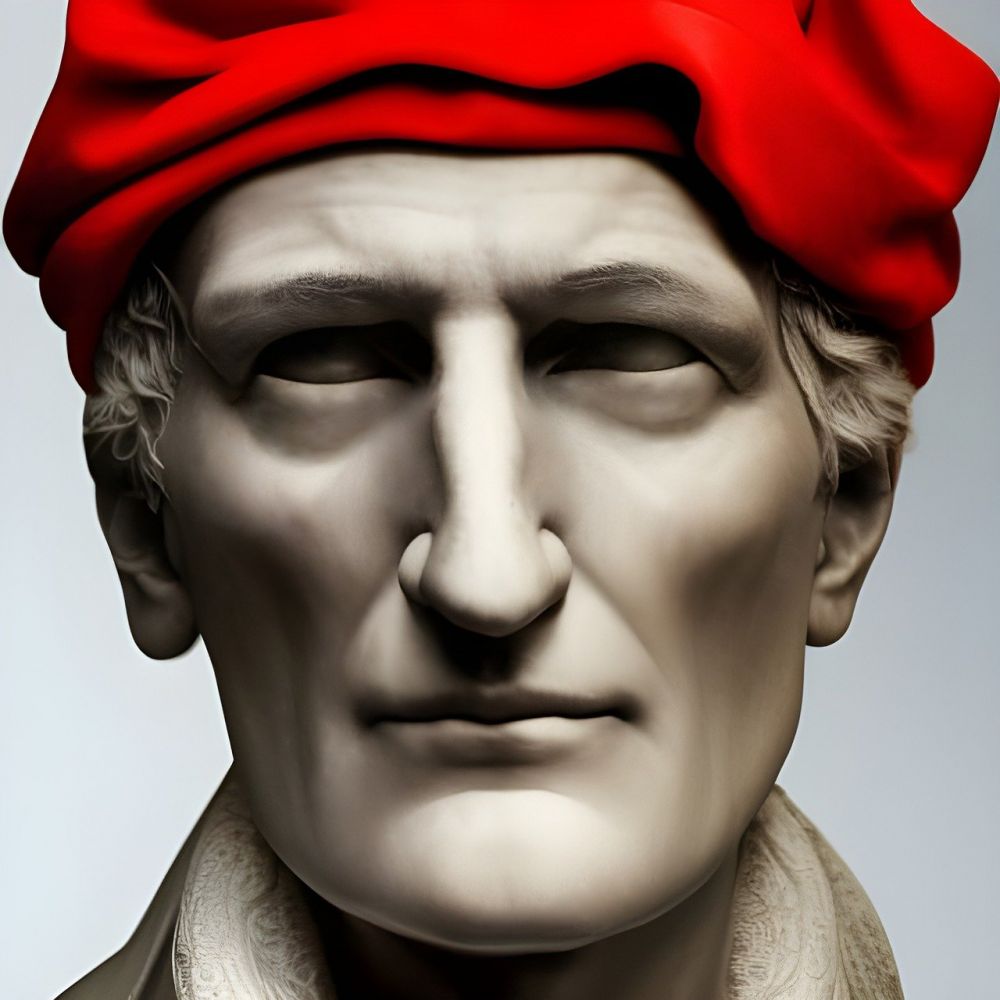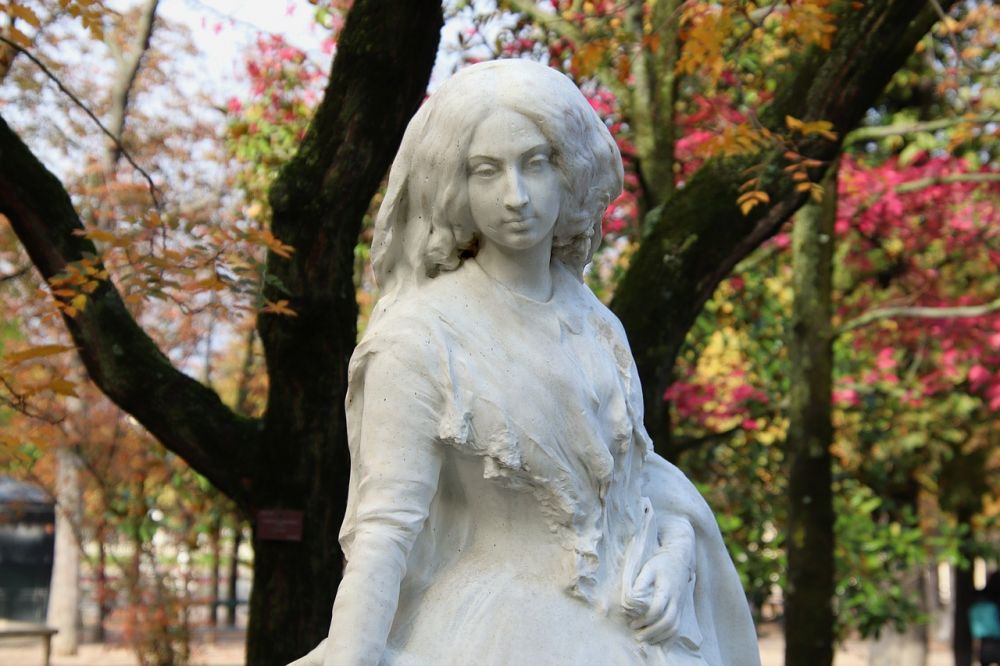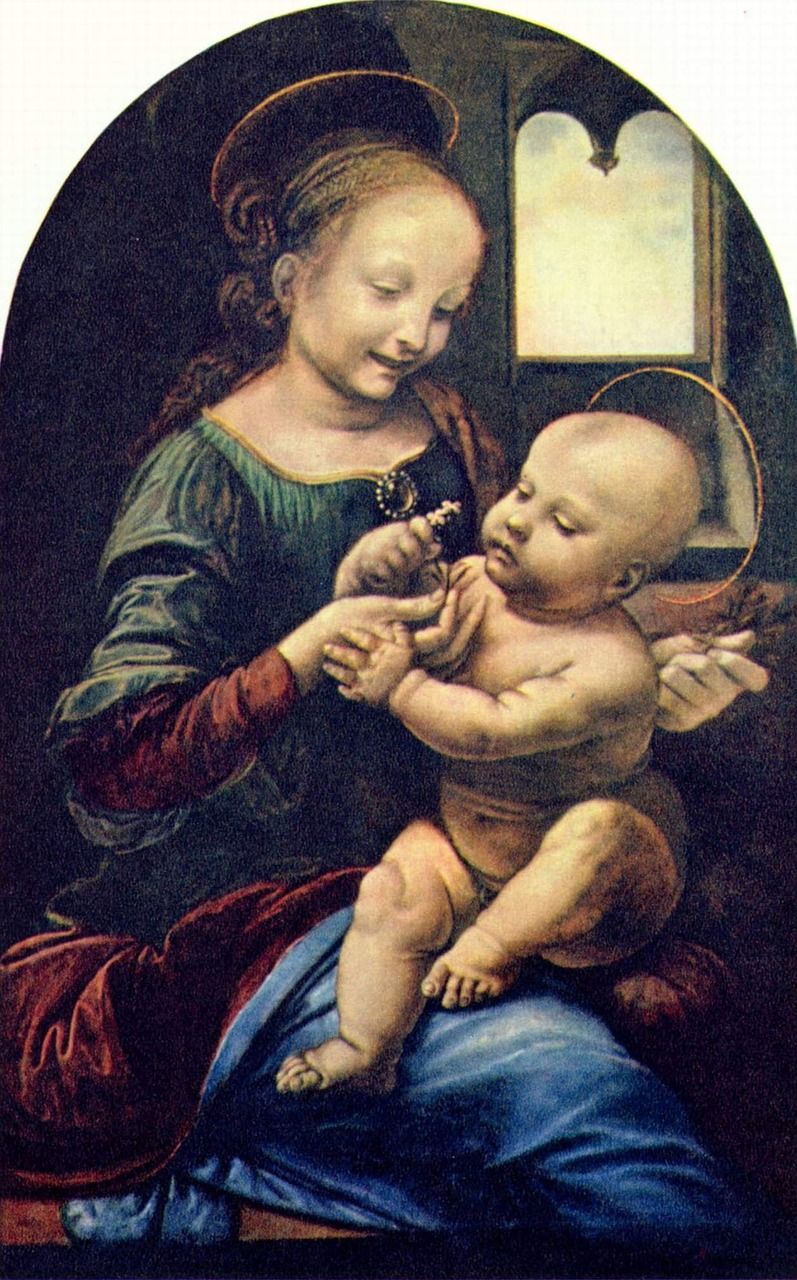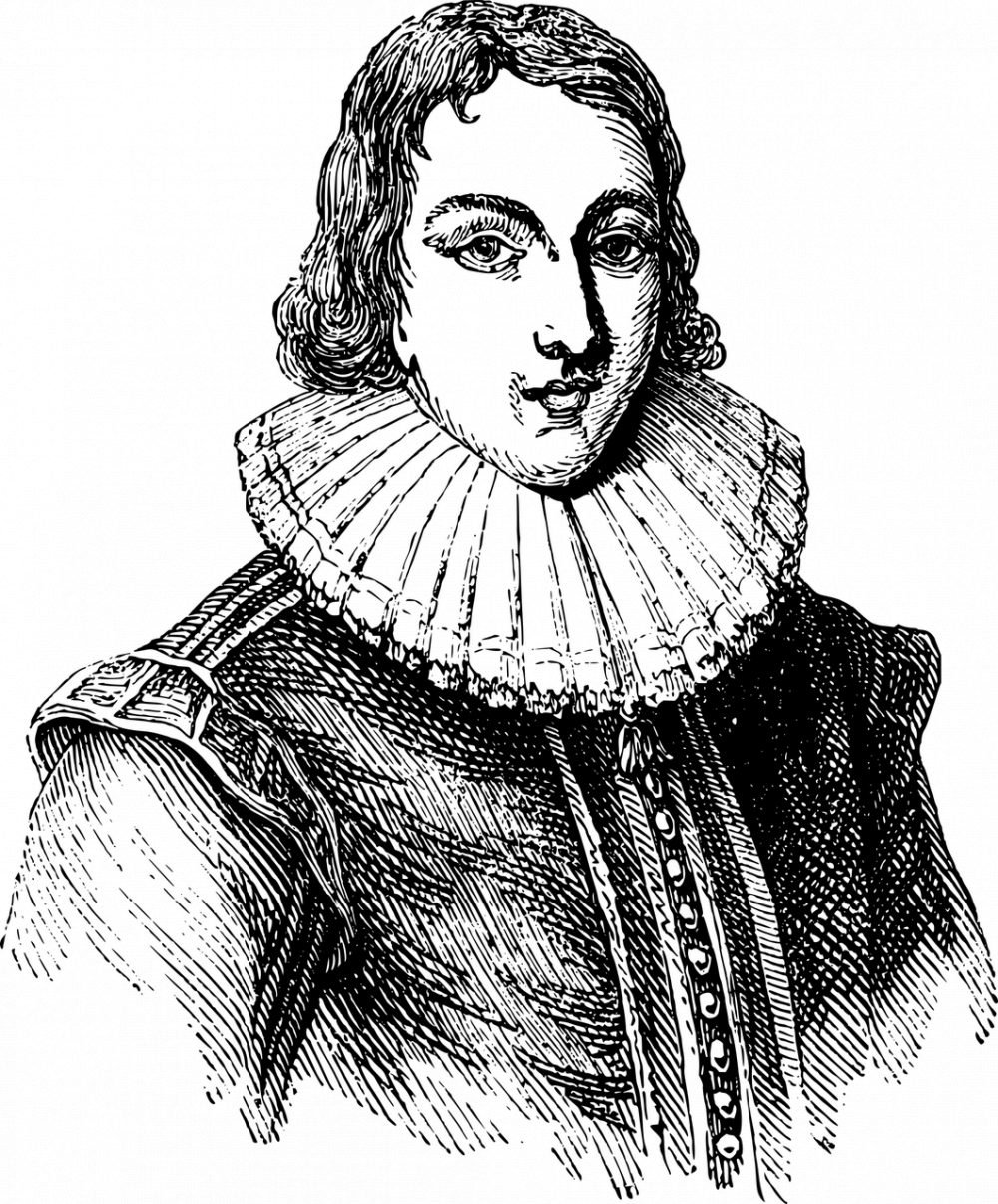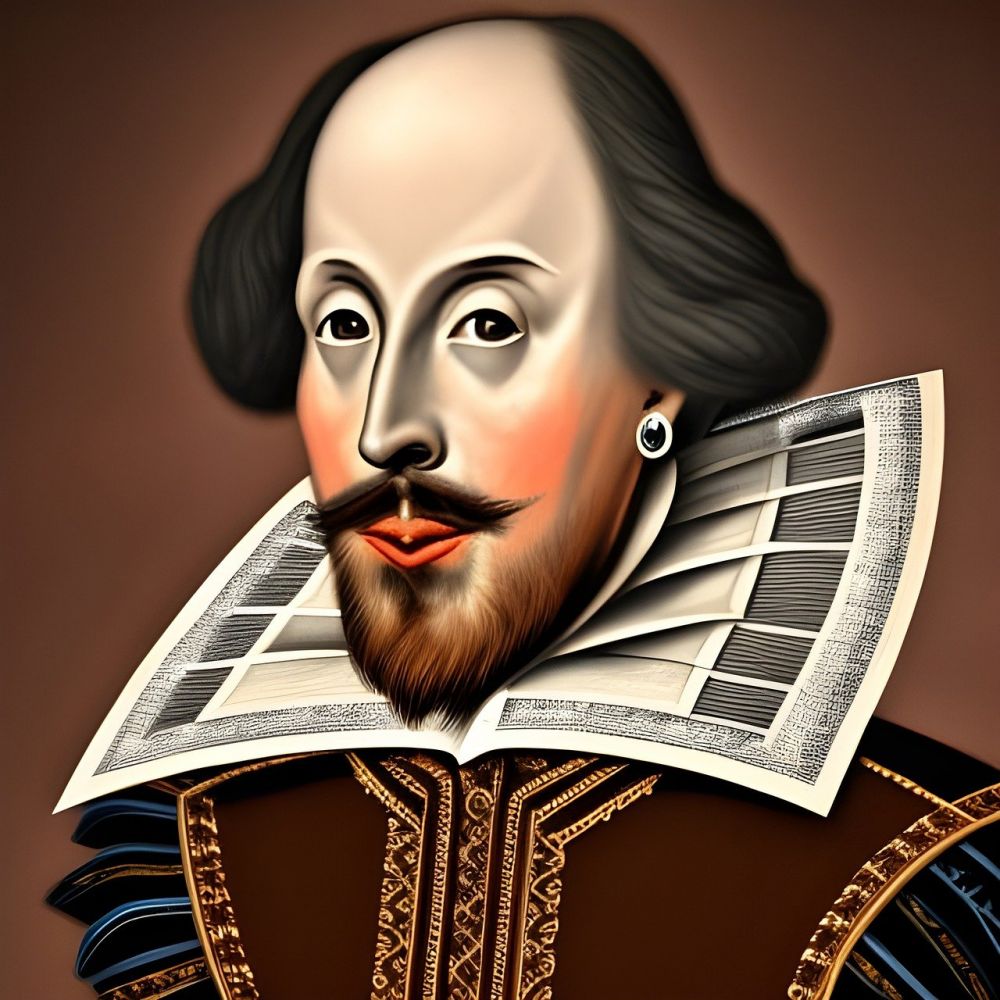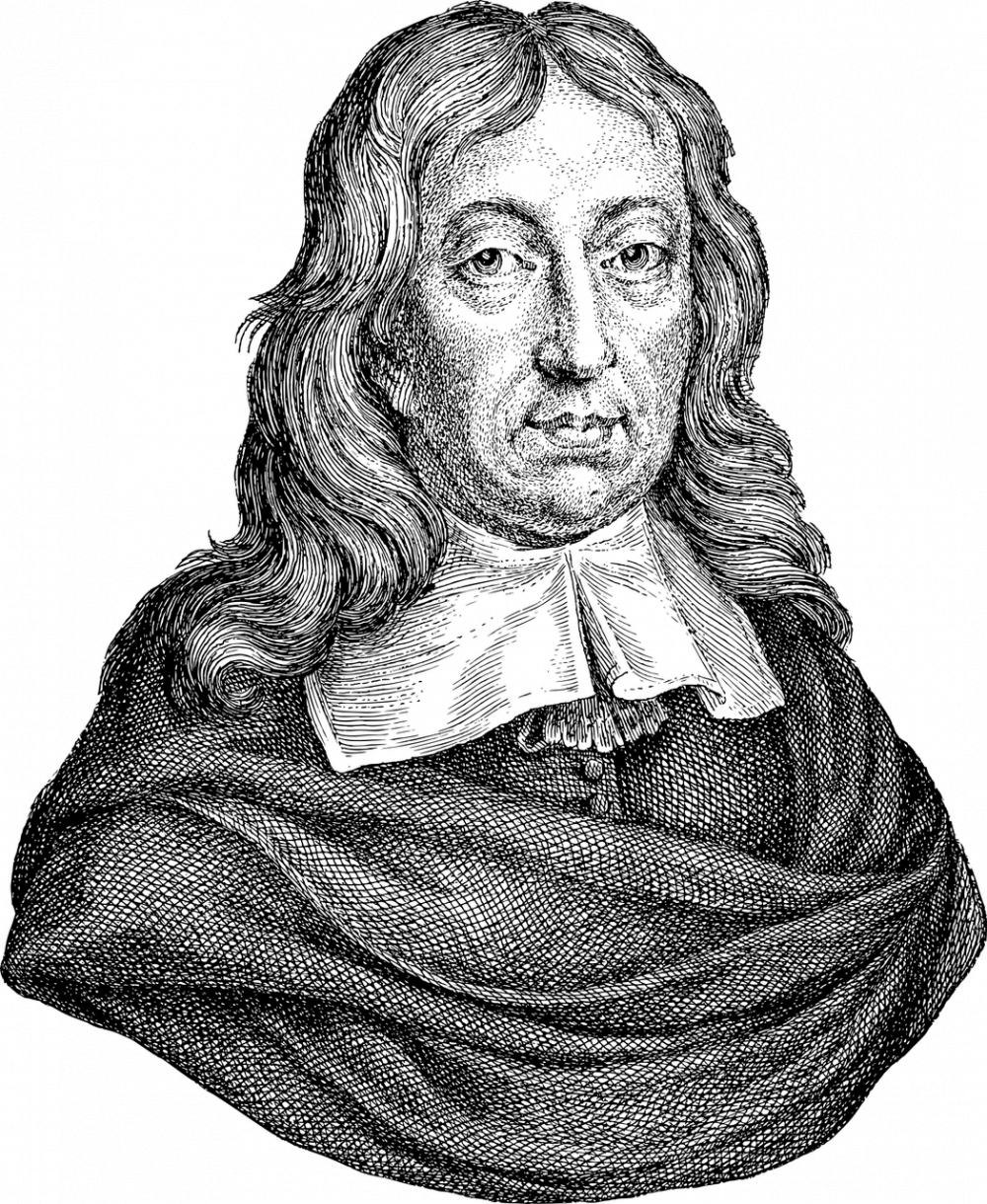Orlando Virginia Woolf: A Journey through Time and Transformation
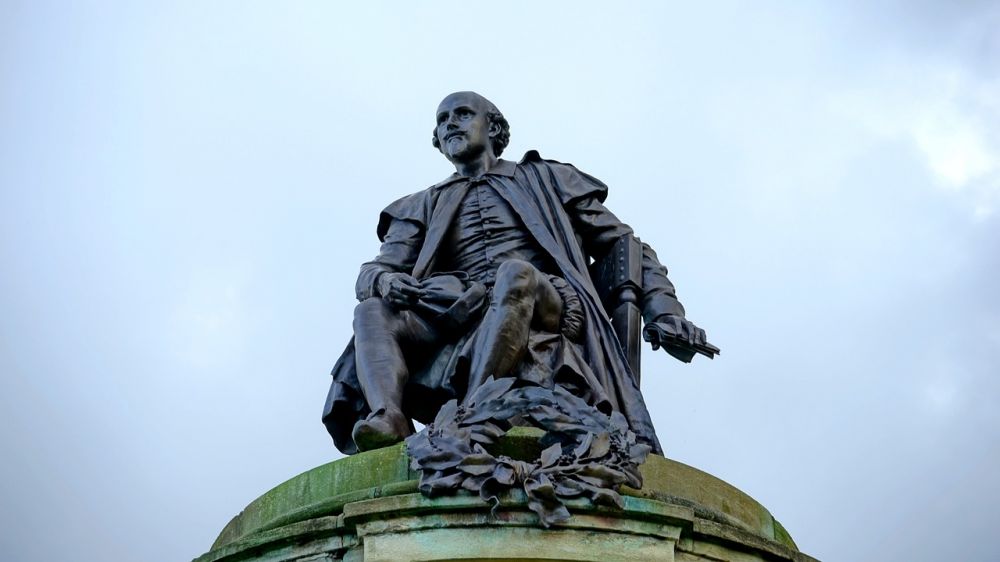
Introduction:
Orlando Virginia Woolf, a groundbreaking novel published in 1928, explores gender identity, time, and the nature of literature. Authored by the renowned British modernist, Virginia Woolf, this literary work has captivated readers for decades. In this comprehensive article, we delve into the essence of Orlando, its historical significance, and its impact on literature and art.
1. An Insight into Orlando Virginia Woolf:
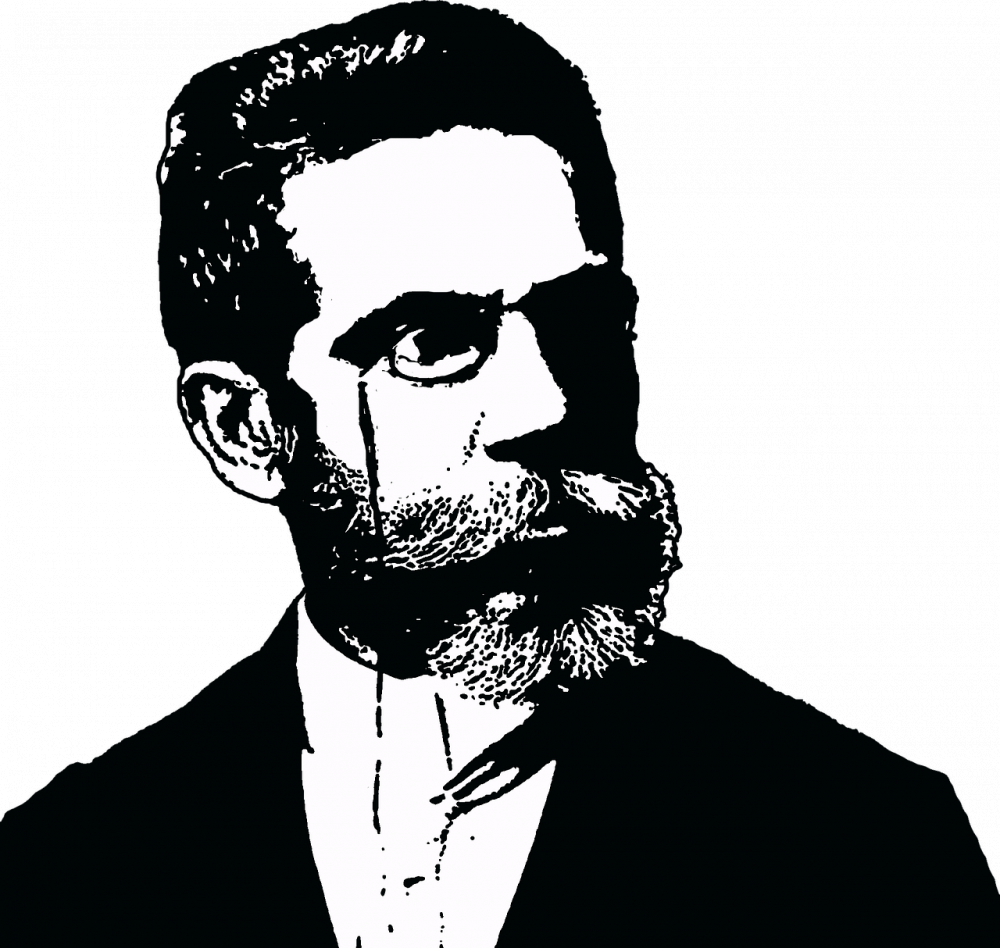
Orlando is a semi-biographical novel that tells the story of an immortal character, Orlando, who undergoes a gender transformation from a man to a woman over the course of several centuries. This unique narrative challenges traditional notions of gender, exploring the fluidity of identity and the limitations imposed by societal norms.
Woolf wrote Orlando as a love letter to her close friend, Vita Sackville-West, a writer and gardener. The novel transcends conventional storytelling, blurring the boundaries between fiction and reality. It is characterized by rich symbolism, intricate language, and profound philosophical undertones, making it a literary masterpiece.
2. Historical Evolution of Orlando Virginia Woolf:
Since its publication, Orlando has undergone a remarkable journey of rediscovery and recognition. Initially met with mixed reviews, the novel was not immediately recognized as a groundbreaking work. However, as society’s understanding of gender and identity evolved, Orlando began to resonate more deeply with readers, cementing its position as an avant-garde literary achievement.
In the 20th century, Orlando gained significance within feminist and LGBTQ+ circles, with its exploration of gender fluidity and rejection of gender norms. Woolf’s audacious portrayal of Orlando’s transformation challenged prevailing ideas about gender and opened up new avenues of exploration for future writers.
3. Orlando Virginia Woolf as a Cultural Phenomenon:
As time passed, Orlando Virginia Woolf grew beyond the confines of literature, becoming a cultural and artistic touchstone. Its impact extended beyond the written word, inspiring adaptations in various art forms such as theater, film, and visual arts. This enduring legacy transformed Orlando into a symbol of artistic freedom and self-expression.
Multiple adaptations of Orlando have graced the stage, including Sarah Ruhl’s theatrical adaptation, which premiered in 2010. This play breathed new life into the story, attracting a fresh audience to Woolf’s work. Film adaptations, such as Sally Potter’s “Orlando” (1992), brought Orlando’s captivating journey to the big screen, further expanding its reach.
4. Orlando Virginia Woolf in Contemporary Context:
In the age of digital media and increasing awareness of diverse identities, Orlando Virginia Woolf remains as relevant as ever. The novel continues to inspire artists, intellectuals, and activists, who find solace in its celebration of individuality and relentless pursuit of personal freedom.
Orlando’s exploration of the fluidity of time and identity prompts us to question societal constructs and norms. By challenging rigid expectations, Woolf encourages readers to embrace personal growth and self-discovery, regardless of gender or societal expectations. The novel’s progressive themes resonate with audiences today, making it a valuable source of inspiration for contemporary artists and storytellers.
Conclusion:
Orlando Virginia Woolf is a literary marvel that defies conventions and sparks introspection. Its enduring legacy lies not only in its historical significance but also in its ability to transcend time and continue influencing artistic discourse. By inviting readers on Orlando’s transformative journey, Virginia Woolf invites us to explore the depths of our own identities and encourages us to embrace our true selves, unburdened by societal expectations.
Through Woolf’s masterful prose and rich symbolism, Orlando Virginia Woolf captivates the hearts and minds of art enthusiasts and collectors, challenging us to expand our understanding of literature, gender, and the human experience. As we delve into the depths of Orlando’s narrative, we are reminded of the power of art to shape perceptions, ignite conversations, and effect societal change.
